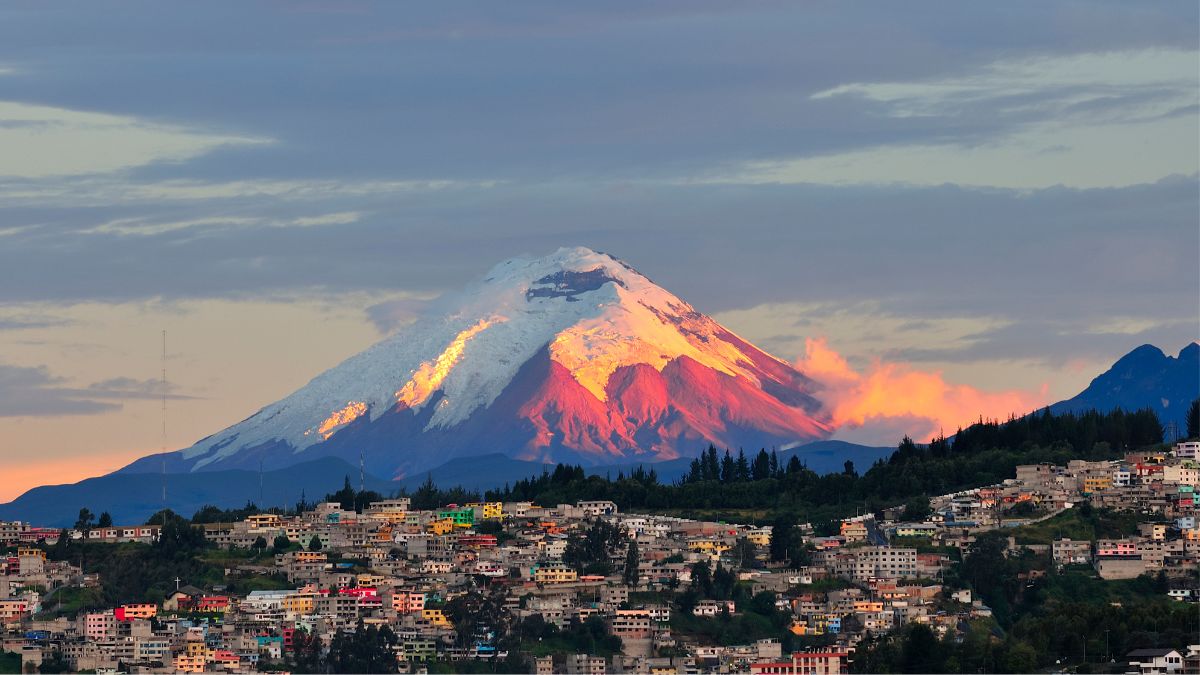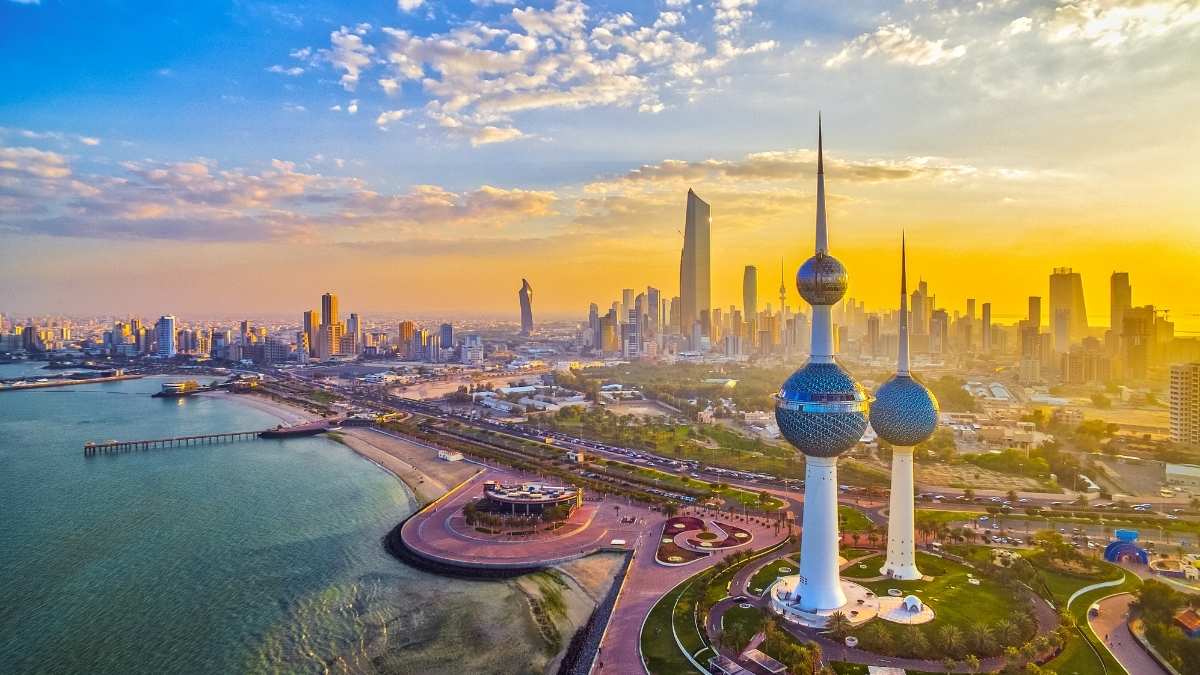Volcano tourism is emerging as a unique and thrilling niche. And Iceland’s volcanic explosion has become a renowned tourist attraction. Known as volcano tourism, this has gained popularity among adventurers, nature enthusiasts, and those fascinated by geology.
The Fascination For Volcano Tourism
Photo I took tonight over the volcanic eruption at Reykjanes Iceland. We are monitoring the situation closely and as of now it is not considered a threat to surrounding towns. 🌋🇮🇸 #Iceland pic.twitter.com/6lTOG4xwjt
— Áslaug Arna Sigurbjörnsdóttir (@aslaugarna) March 20, 2021
Do you know in late March 2021, thousands of Icelanders trekked into the Geldingadalur valley to watch flaming lava sputter and flow from the crater of the Fagradalsfjall volcano? The volcano had erupted for the first time in about 800 years. Since the eighth century, Japanese tourists have been staying in onsen ryokans (hot springs inns) in villages near volcanoes. Pompei’s remains drew innumerable sightseers in the 17th and 18th centuries. However, the steam, crackle, and pop of active volcanoes have a unique attraction.
Volcano tourism has grown dramatically over the last decade, thanks in large part to social media and so-called “lava chasers.” Depending on the location, visitors can take lava boat tours, helicopter rides, surf down the slopes of a volcano, or even walk to the brink of a lava lake. However, these endeavours involve danger. But, these casualties appear to have spurred interest.
These destinations attract a diverse range of travellers, from thrill-seekers and photographers to scientists and curious explorers. If you dare to go in, you’ll see beautifully coloured sulphur springs, acid ponds, hydrothermal terraces, and salt formations. The strange terrain entices both geologists and adventurous tourists. Currently, countries with active or dormant volcanoes have become hotspots for volcano tourism.
Lave Chasers, Head To These Destinations
Travelling to an active volcano involves risks and ethical considerations. It can be either a life-changing thrill or a fatal attraction:
1. Iceland
Our new volcano being born here in #iceland #volcano pic.twitter.com/pK9V2yXpoR
— Arnar & Simona (@arnark) April 12, 2021
Iceland stands out as a premier destination for volcano tourism. In addition to referring to itself as the “Land of Fire and Ice,” Iceland is home to some 130 volcanoes. One of the main draws is the Fagradalsfjall volcano on the Reykjanes peninsula.
2. Spain
Canary Island may be home to numerous islands with more than 320 volcanoes, some dormant and some extremely active. The Cumbre Vieja region was devastated in 2021 by the longest eruption in La Palma’s history. Still, it remains one of the island’s primary attractions.
Also Read: This 700-Year-Old Ganesha Idol Sits At The Mouth Of An Active Volcano In Indonesia. Been There?
3. Italy
Italy has a long history of volcanic activity; the most well-known eruption is the one caused by Vesuvius, which buried the city of Pompeii thousands of years ago. As for the greatest active volcano in Europe, that would be Etna, which is situated on Sicily’s east coast. It was designated as a Unesco World Heritage Site in 2013.
4. Japan
New baby volcano erupts off coast of Japan. pic.twitter.com/1SrDvXUfto
— OMGFacts (@OMGFacts) April 17, 2014
Sakurajima, one of Japan’s most active volcanoes, is four km from Kagoshima city. Of course, numerous people are drawn to its natural marvel. There are several little eruptions per day, and the volcano continuously emits a plume of smoke. Furthermore, you can unwind during your visit in a traditional Japanese bath.
5. Mexico
Popocatépetl is sometimes referred to as El Popo or Don Goyo. This is one of the planet’s 12 most active volcanoes and is regarded as one of the biggest volcanoes in the world.
As more people seek out immersive and authentic travel experiences, volcano tourism is likely to continue its ascent.
Cover image credits: Canva
First Published: January 10, 2024 1:01 PM




